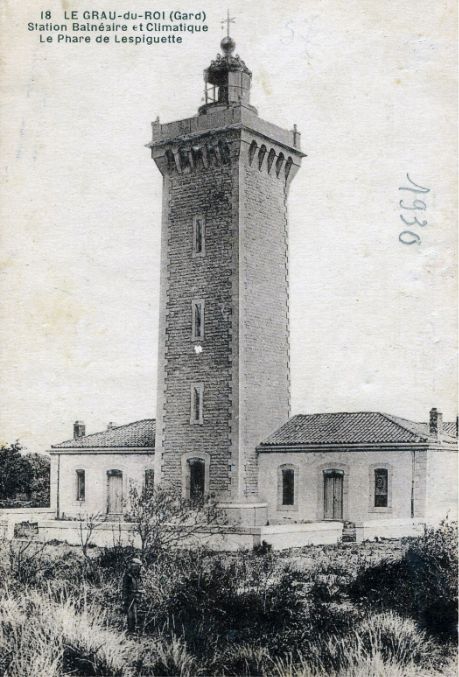History of the lighthouse
Lost in the middle of the sand dunes and recognisable thanks to its original square shape and its black colour visible from the sea, the Espiguette lighthouse has been lighting up our coastline and guiding sailors for over 150 years. Let's discover together the history of a unique place with an exceptional natural heritage.
THE CONSTRUCTION OF A HIGH POINT IN THE MIDDLE OF THE DUNES

DIFFICULT CONSTRUCTION CONDITIONS


THE GUIDE'S ANECDOTE
A LIGHTHOUSE THAT HAS DOMINATED THE POINTE DE L'ESPIGUETTE FOR 150 YEARS

A LANDMARK AND MONUMENT LOST IN THE IMMENSITY OF THE SAND DUNES

AND ABOUT THE ARCHITECTURE ?


